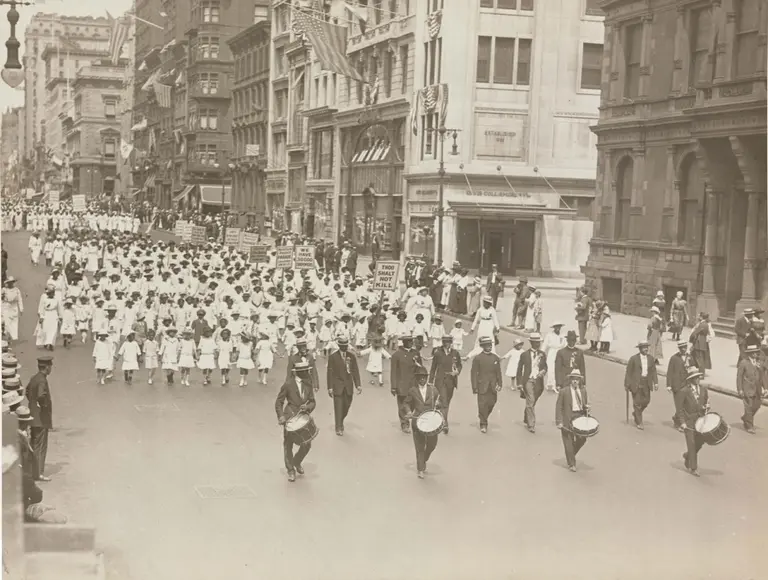
Street View of 70 Fifth Avenue, Map data © 2020 Google; Photo of W.E.B. DuBois in 1918 from Library of Congress, via Wikimedia Commons
Former NAACP headquarters in Greenwich Village is now a New York City landmark
Find out more

Street View of 70 Fifth Avenue, Map data © 2020 Google; Photo of W.E.B. DuBois in 1918 from Library of Congress, via Wikimedia Commons

Street View of 70 Fifth Avenue, Map data © 2020 Google; Photo of W.E.B. DuBois in 1918 from Library of Congress, via Wikimedia Commons

Martin Luther King Jr. at the 1963 Civil Rights March on Washington, D.C. via Wiki Commons

Dr. Benjamin Spock, Dr. King and Monsignor Rice of Pittsburgh march in the Solidarity Day Parade at the United Nations building (April 15, 1967);Photo by Benedict J. Fernadez, courtesy of MCNY

Photo courtesy of James Weldon Johnson Memorial Collection of African American Arts and Letters, Yale Collection of American Literature, Beinecke Rare Book and Manuscript Library